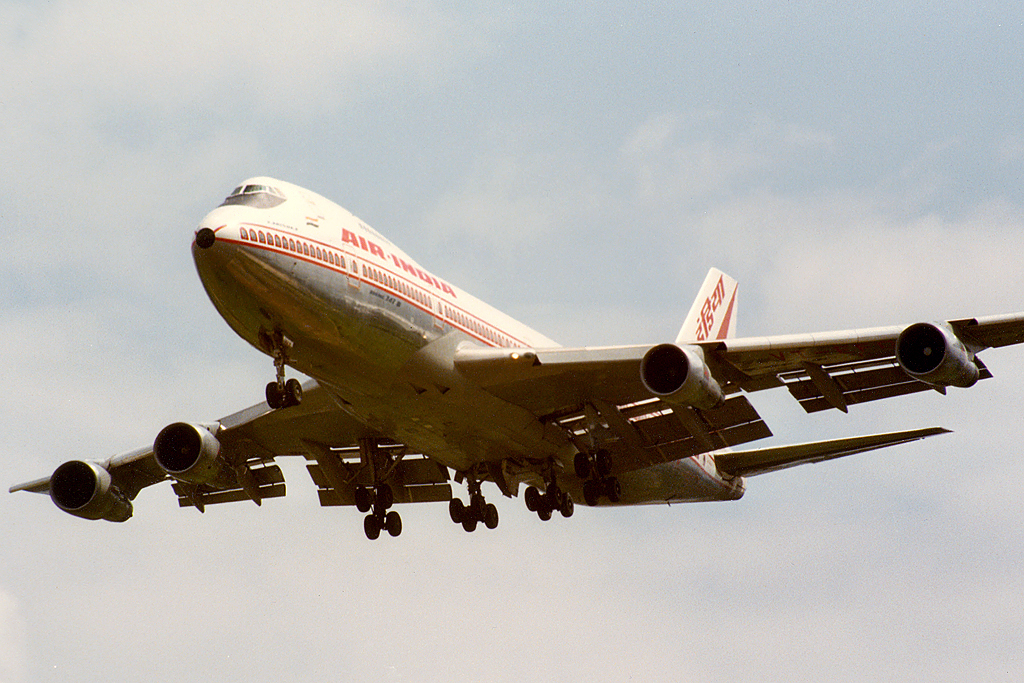
Introduction
The Air India Flight 182 incident, which occurred on June 23, 1985, stands as one of the deadliest terrorist attacks in aviation history. This tragic event, involving the bombing of a passenger flight, resulted in the loss of 329 lives and has had enduring implications for air travel safety and terrorism responses worldwide. Understanding the significance of this tragedy is crucial not only to commemorate those who lost their lives but also to enhance global security measures in aviation.
Details of the Incident
Air India Flight 182, often referred to as AI 182, was a scheduled flight from Montreal, Canada, to Delhi, India, with a stopover in London, England. On that fateful day, the Boeing 747 aircraft was cruising over the Atlantic Ocean when a bomb, planted by Sikh extremists, detonated mid-air, leading to the aircraft’s disintegration. Among the 329 victims were 280 Canadian citizens, making it one of the deadliest acts of terrorism on Canadian soil.
Investigations shortly after the incident led to a global manhunt for the perpetrators. It was determined that the attack was orchestrated by a militant group seeking an independent Sikh state, which escalated tensions between the Canadian government and Sikh communities, particularly those in British Columbia.
Aftermath and Legal Proceedings
In the years following the tragedy, various legal proceedings took place, including a high-profile case against individuals accused of involvement in the planning and execution of the bombing. However, the legal process was complicated, resulting in many suspects being acquitted or facing minimal punishment. The government of Canada ultimately paid an $8 million settlement to the families of the victims, acknowledging the failure to adequately protect their loved ones.
Significance for Aviation and Security
The Air India Flight 182 bombing resulted in significant changes to aviation security protocols worldwide. Following the incident, airlines and governments increased their vigilance regarding baggage screening, passenger profiling, and overall airline safety regulations. This tragedy also ignited critical dialogues surrounding ethnic and religious discrimination, and the balance between security and civil liberties.
Conclusion
Air India Flight 182 remains a chilling reminder of the vulnerabilities in air travel and the threats posed by extremist ideologies. As we remember the victims and their families, it is essential to reflect on the evolution of aviation security measures and the ongoing fight against terrorism. The legacy of this tragedy continues to shape policies and practices intended to ensure safer skies for future generations, reminding us that vigilance and compassion must prevail as we navigate an increasingly complex world.



